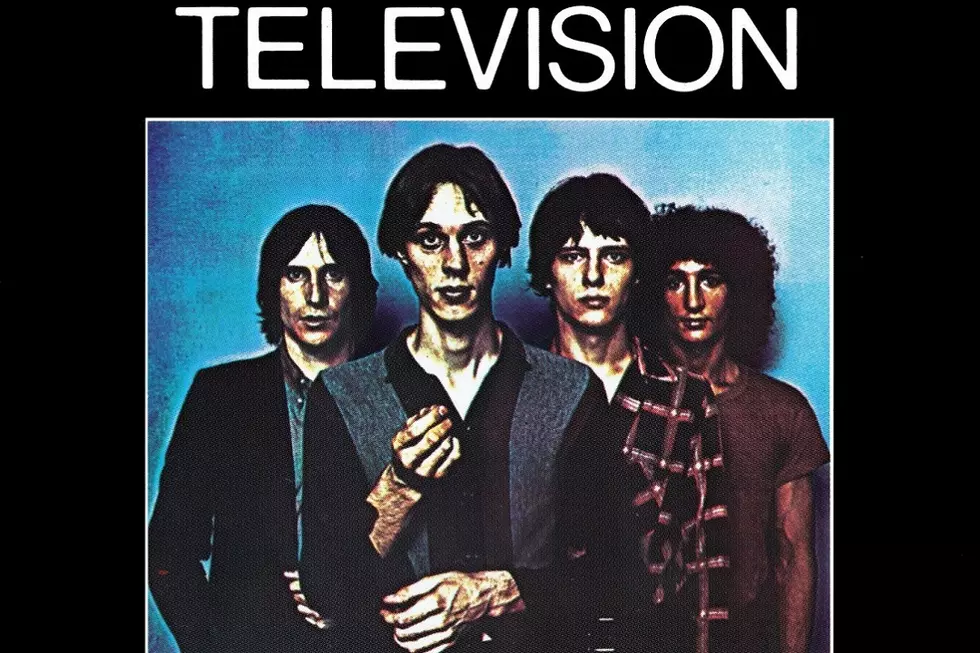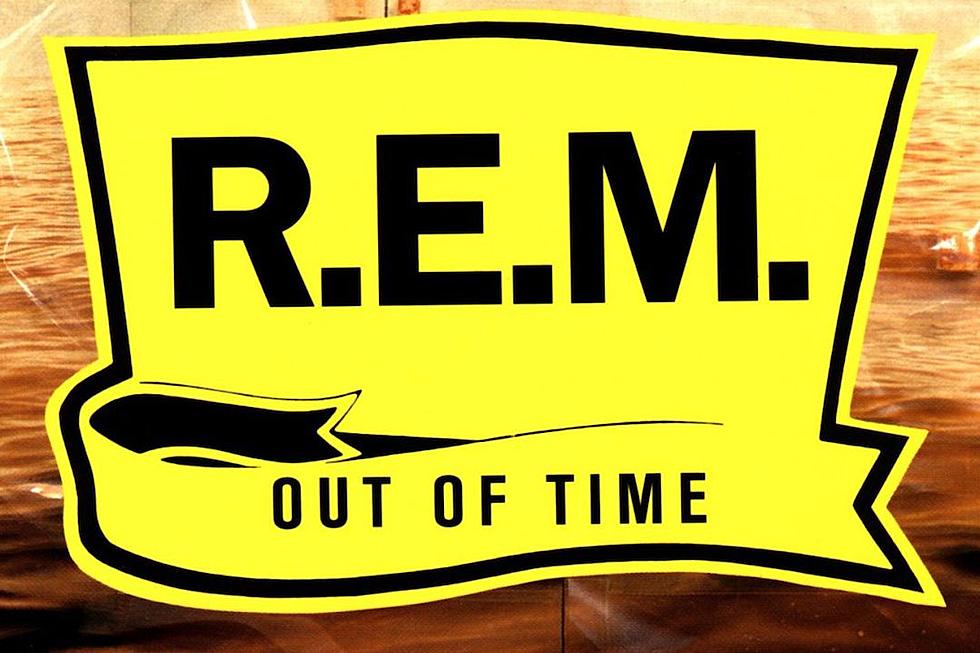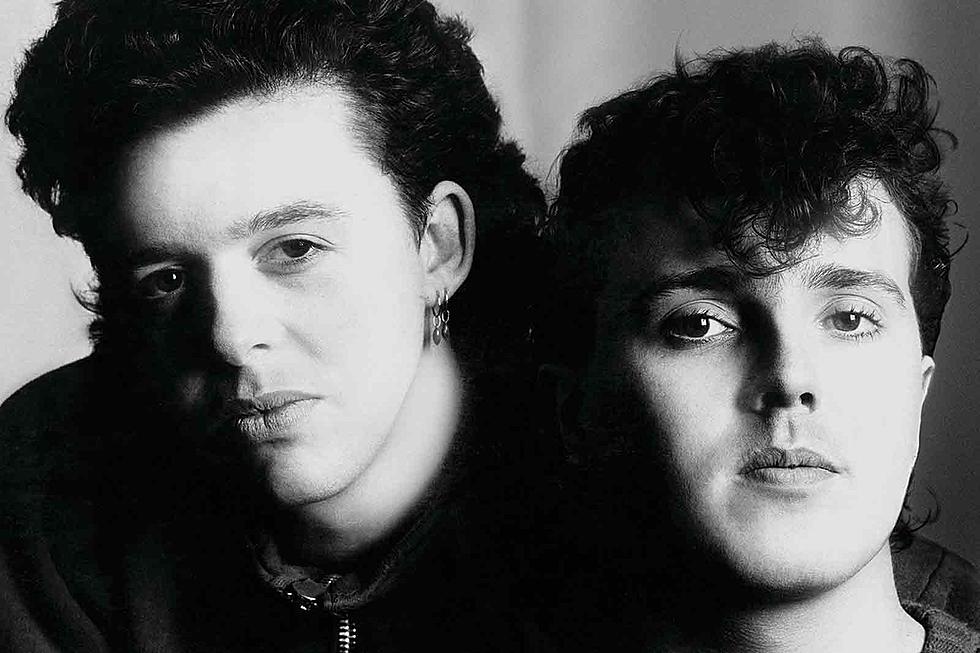How Big Country Turned Guitars Into Bagpipes on ‘The Crossing’
The early '80s were a great era for interesting guitar. In the jazz world, Stanley Jordan was reinventing the instrument with his unique flavor of tapping, treating the guitar more like a keyboard than a string instrument. Over on the New Age front, Michael Hedges was doing the same for acoustic guitar and reviving the long forgotten harp-guitar.
The Police's Andy Summers was an early adopter of the guitar synthesizer, his customized Fender Telecaster providing the moody aural washes that made songs like "Don't Stand So Close to Me" and "Secret Journey" so unique. Over on the metal front, guys in tight pants lined up to out-shred Randy Rhoads and Eddie Van Halen, tapping away and dive bombing with their whammy bars.
So yeah, the '80s were a golden age of innovative guitar, but only one band managed to turn their six strings into bagpipes: Big Country.
When The Crossing dropped back on July 15, 1983, we (meaning American record buying kids) had never heard anything like Big Country, much less that there was a Scottish music scene. But there they were on MTV with their big guitars and their "Cha!" rally cries.
Like most new wave/post-punk stories, the Big Country story begins in 1977, when multi-instrumentalist Stuart Adamson formed Skids. The band did okay, but are perhaps best known today for the track "The Saints Are Coming," later covered by U2 and Green Day.
It was during his tenure with Skids that Adamson developed his trademark bagpipe sound, created using an effects pedal called a "pitch transposer." Skids hung in for a few years, but near the tail end of '81 Adamson shifted his focus to his new band, Big Country.
Though they came from post-punk roots, there was a lot of overlap with classic rock from the outset. Adamson recruited bassist Tony Butler and drummer Mark Brzezicki, for example, both of whom were in regular MTV rotation courtesy of Pete Townshend's "Let My Love Open the Door."
The young band caught another classic rock break in '82 when they were asked to open a couple of shows for Alice Cooper in their native Scotland. Like many '70s rockers, Cooper was in the throes of an identity crisis in the post-punk era. He had reinvented himself as a sort of icy cold Gary Numan new wave synth act, so if anything the "classic rocker" at those gigs probably sounded more new wave than his post-punk opener.
Neither of the band's first two singles, "Harvest Home" or "Fields of Fire," could break the Top 40 in the U.S. No matter: The album's third single, "In a Big Country," was released in May '83 and, thanks to heavy MTV rotation, blew up into one of those monster cuts that was everywhere.
Critical reception of The Crossing was remarkably good. Robert Christgau gave the album a solid B, but not before skewering it:
With its bagpipe guitars and Celtic blues lines, Stuart Adamson's Skids-U2 hybrid avoids any hint of rock purism. Although "Chance" is the only fully realized song here, the rest sound good from a distance. But I wish Adamson didn't sing like Colonel Bryan Bowie and, even worse, write like Bishop Kahlil Masefield. Regaled with martial rhythms, I always feel safer knowing exactly what the war's about.
In some ways the album was a victim of the single's success. Deep cuts like "The Storm" traded the hooks of "In a Big Country" for a sound that was more complex and ethereal, much to the dismay of kids who were expecting more big hooks.
Big Country participated in 1984's "Do They Know It's Christmas?" charity single, but Steeltown, the band's sophomore album didn't achieve anywhere near the success enjoyed by its predecessor, particularly in the U.S., where it barely cracked the top 100. The rhythm section rejoined Pete Townshend for his 1985 White City album. The band also backed up Townshend's Who band mate, Roger Daltrey, on his solo album that year.
As 1985 guest spots go, though, nothing beats drummer Brzezicki backing up the Cult on their new wave classic, "She Sells Sanctuary."
Big Country never recovered from their "one-hit wonder" stigma, despite releasing eight studio albums between '83 and '99. They toured widely, especially in Europe, where they always drew a good crowd, but the U.S. simply lost interest in the band. After nearly 20 years together, they played their last show with Adamson in October 2000.
The singer had his own, non-career problems. Adamson was a recovering alcoholic who lapsed after a decade, resulting in a DUI for which he was scheduled to stand trial. Add to that the break-up of his second marriage and his problems with depression, and the result was predictably toxic. On Dec. 16, 2001, the man who invented the bagpipe guitar downed a bottle of wine and hanged himself in a hotel closet. The surviving three founding members reunited the band in 2007 with bassist Butler on lead vocals. They've gone through several lineup changes since then, but they're still out there. Chances of a U.S. gig seem relatively small, but they keep a very busy tour schedule in the U.K.
50 Greatest Debut Singles
More From Diffuser.fm









